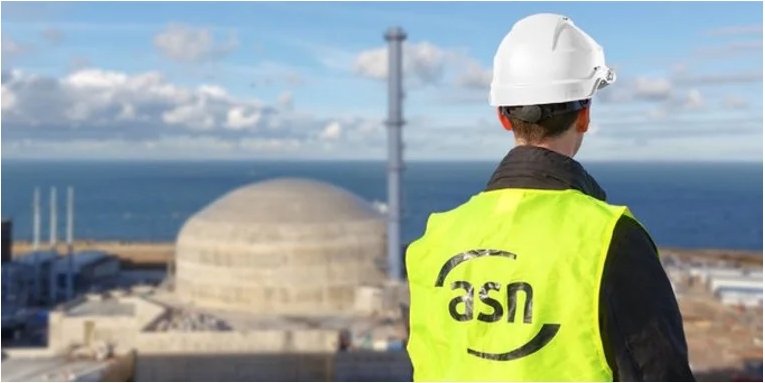
This agreement is provided for in the authorisation to commission the reactor issued in May and is similar in principle to those issued before each restart of a nuclear power reactor following a maintenance outage.
This came after EDF sent the information required to issue this agreement, in particular the results of the installation tests carried out since the commissioning authorisation. has carried out several inspections of the reactor since it was commissioned. It has also analysed the significant events reported by EDF and the corrective actions implemented.
ASN will monitor the subsequent stages of the reactor’s start-up, until it reaches its rated power. In particular, EDF will have to seek the agreement of to go through certain stages of the reactor’s ramp-up.
After the completion of fuel loading in May, numerous technical tests were carried out. The divergence will involve establishing a stable nuclear reaction at very low power of 0.2% of its nominal power. Following further tests, the new unit should be connected to the grid when its output reaches 25% of nameplate capacity. Tests will continue for several months, with a progressive ramp-up to full power.
Construction of the Flamanville 3 reactor began in December 2007, with an initial target of commercial operation in 2013. However, the project has faced significant delays and cost overruns, with the latest estimate by EDF putting the total cost at €13.2bn ($14.2bn). The Flamanville EPR is the first of its kind in France, following the commissioning of EPR reactors in China (Taishan 1&2) and Finland (Olkiluoto 3), all of which were also significantly delayed.
EDF meanwhile announced that it has increased its estimate for nuclear power generation in France in 2024 from 315-345 TWh to 340-360 TWh. EDF noted that since early 2024, 11 reactors have been reconnected to the grid ahead of schedule. The increased estimate was attributed to “improved performance of outages and industrial control of stress corrosion inspections and repair work, and the absence of major climatic event during summer”.